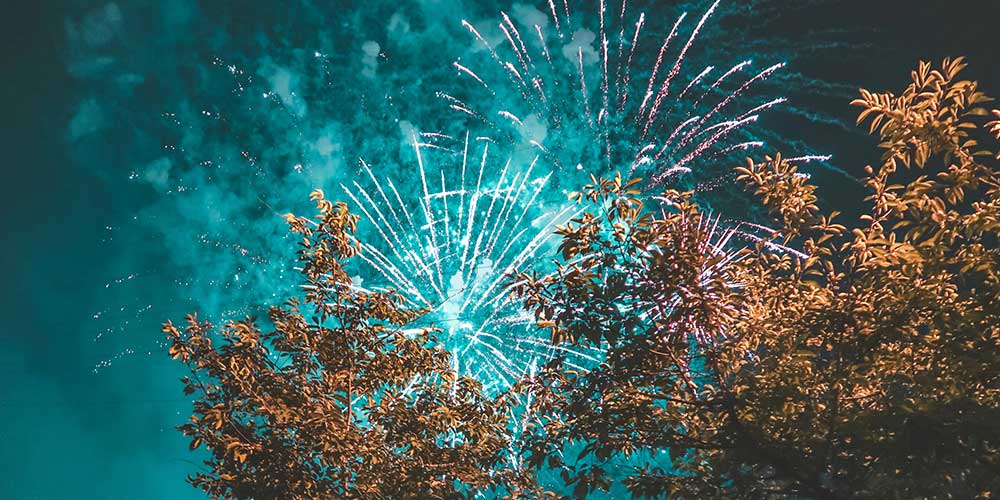What’s not to love about the Fourth of July? Food, family, friends and fireworks – all rolled into one giant national celebration. This year, as Americans join together to celebrate our nation and its rich history, Mountain America Jerky would like to offer up another kind of American history on a platter.
The history of jerky, that is.
Where Does Jerky Come From?
Jerky, in its most basic form, is simply dried, dehydrated or smoked meat. Necessary until modern refrigeration, the practice of dehydrating meat, fruit and other produce is one of the oldest methods of food preservation. While there is no way for sure to know how long humans have preserved food in this way, archeologists have determined that the Ancient Egyptians used the sun to dry meat and scores of preserved foods have been found in excavated Egyptian tombs.
Fast forward a few thousand years and we find the history of “jerky” in the Americas.
While it is certain Native Americans made jerky prior to the 1500s, the history of the name “jerky” starts there. “Ch’arki,” from the Quechuan language of the Inca tribe of the same name, literally means “dried meat.” As the first Europeans arrived in South America and discovered ch’arki, the Spanish Conquistadors picked up on the practice, calling it Charqui.
Upon invading North America, the Spanish invaders found that the northern tribes dried meat in a similar way but called it “pemmican.” Pemmican, however, contained other ingredients such as dried berries. The Spanish “charqui” was passed on to the North American Indians, which they pronounced very similarly to the modern English word “jerky.”
The first record of the word “jerky” – or at least a form of the word – can be found on a map of what is now Virginia. In 1612, John Smith wrote on the map, “as drie as their jerkin beefe in the West Indies.”

Jerky in Modern America
The early North American settlers learned jerky preservation from the Native American Indians and used the practice of dehydrating and smoking meat as settlers explored the Wild West. Called “cow hunters” in the 1800s, early American cowboys routinely carried jerky as they moved cattle.
In 1901, the American government created the first emergency ration for soldiers. Called reserve rations, soldiers carried over 3,000 calories of meat, bread, sugar and coffee to be used if they were cut off from supply lines during war. Shortly after the end of World War I in 1918, the government added beef jerky to the Army’s reserve rations.
Over the decades since, jerky has become an American staple. No longer just beef, jerky in America is now made from wild game, exotic animals and even fish. Jerky flavors range from the basic peppered and garlic, to habanero and sweet and spicy, and jerky makers regularly push the flavor boundaries with new combinations.
The history of our country, just like the history of jerky, is long, storied and diverse. While jerky has its roots in the ancient world and has been consumed for centuries by different cultures across the globe, jerky has become as American as it gets. So, as you take the day to celebrate our country’s past, present and future, enjoy your Fourth of July food and festivities – and don’t forget to take a moment to savor some great American jerky.
Leave a Reply